Another new year, and another slew of marketing trends appear prime to mark the coming year ahead. But despite a plethora of emerging trends and content formats, influencer marketing continues to be a powerful tool for marketers to boost their brands. This article is designed to help you understand how to successfully use influencer marketing for 2020 and beyond.
In 2020, influencer marketing is set to become an $8 billion industry - in itself, a testament to its effectiveness in boosting brands. Below are some of the other reasons why the platform is the quintessential choice for influencer marketing.
Just take a gander at some of these stats:
Instagram maintains its lead over Facebook for the social platform with the highest engagement, with an average of 3.21% engagement rate compared to 1.5% across all social platforms. And apart from engaging with their peers, 62% of its users say they become more interested in a brand or product after seeing it in Stories. This has translated for it to be a go-to resource for consumers early in the buying cycle, with 81% of people using Instagram to help research products and services. It’s no surprise then that 130 million users tap on Instagram shopping posts every month.
A fairly recent report by #HASHOFF found that 92% of influencers said that their networking platform of choice was Instagram. And even micro-influencers (those with followers between 1,000 to 100,000) find the most success on the platform, seeing of the highest engagement rates.
Additionally, influencers love IG because by design, it makes it easy for users to group themselves together based on their interests. And when you click on its “Explore” tab, all your interests are essentially bundled on the grid.
By now, there’s no doubt that video has the power to capture more eyeballs than any other type of content. And that’s why Instagram has been pushing all sorts of format types all within its platform. Their feature that allows snippets of IGTV content within the feed, with the option to click through for more has made IGTV something that brands now need to experiment with.
But whatever you choose to utilize - the feed, stories, IGTV, or better yet, a combination of all there - you’re setting yourself up to reach your goals when you spend resources on creating video content.
After taking a backseat to visuals, influencers are now pivoting toward posts with lengthy captions in an effort to share more insight into their world and/or expertise.

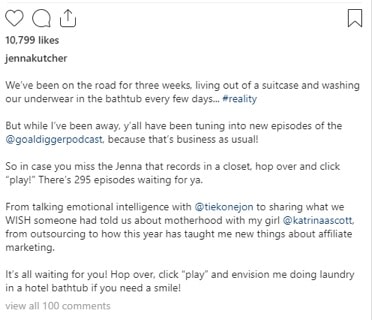
Quigley Goode who has long been known to share in-depth posts with her 240,000 followers even shared her thought process behind her long form captions.
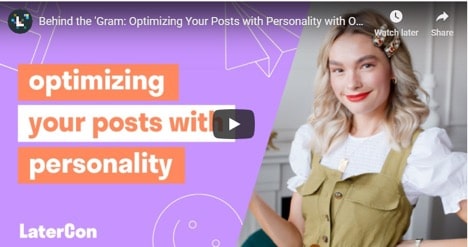
According to a research by Fohr, the average caption length has more than doubled since 2016 and is expected to reach an average of 405 characters or between 65-70 words in 2020. It appears that users are finally turning around when it comes to paying attention to lengthy captions, which in turn allows brands and influencers to further educate their audience about their messaging.
Chalk this up to the continued consumer demand for more authenticity. As such, expect influencers to cater to the interest in raw, behind-the-scenes content. As opposed to the highly-curated glossy content on feeds, ephemeral content allows brands to connect with audiences in a way that’s much more relatable.
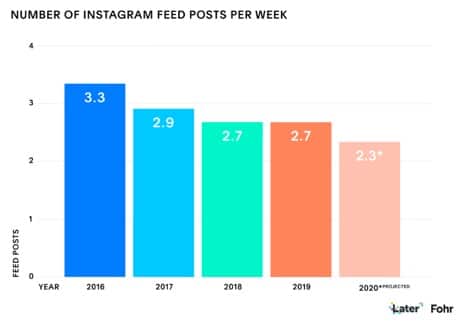
As alluded to earlier, Instagram enjoys the highest engagement rates on average compared to other platforms. But it’s important to note that it’s micro-influencers, more specifically those with between 0-25,000 followers had the highest engagement rates regardless of their genre, target audience, or topics at 7%.
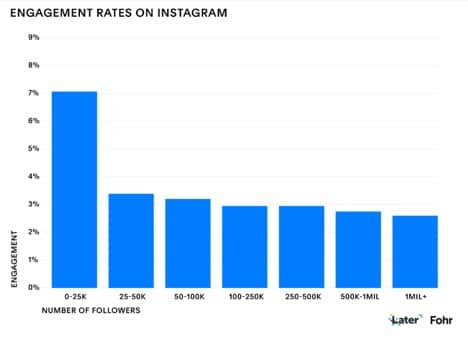
Take for example, Sarah Ferguson’s post, known for her work with children’s brands, received close to 900 likes and 122 comments from her loyal community of just 20,000 followers.
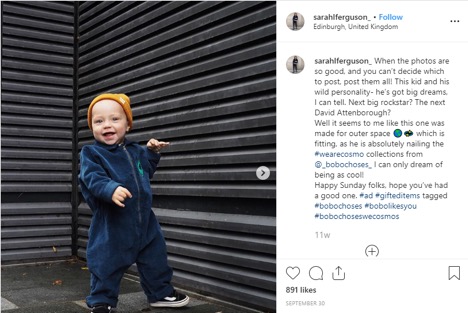
This fact enables brands to maximize their influencer marketing budgets by working with more affordable personalities.
In early 2019, Later analyzed 12 million Instagram posts, posted in multiple time zones around the world, from accounts with followers ranging from 100 to 1 million, to find out which times are the best posting times. Here’s what they found:

And because Instagram has chosen to prioritize “new” content as opposed to chronologically, this data should be extremely useful for maximizing engagement. But you should also look into when most of your unique audience is actively scrolling through the app to truly optimize engagement and get your content seen. To help with this, you can use Later’s Best Time to Post feature, which calculates your 7 top posting times on your best performing posts from the recent month.
If you’ve been in digital marketing for a while, you understand the importance of tracking different metrics. But as pointed out by Forbes, with even more information provided by platform APIs, influencers and agencies are now able to see crucial engagement metrics (such as saves and private shares on Instagram). These types of data can be extremely valuable for measuring things like audience interest and new audience reach.
Additionally, if you have the resources, you can also partner with agencies that have access to deep-dive influencer data, which can definitely help in optimizing your influencer marketing efforts as well as driving top-quality customer engagement.
If you’ve already got experience with Instagram and influencer marketing, the above trends and tips should leave you primed to elevate your game even further. And if you’re just about to embark on your first campaign, the same should help you hit the ground running.
Keep in mind, though, that you can’t just copy what others are doing. Start by understanding your own unique audience. This will allow you to get insights on which tactics would potentially work for your brand.